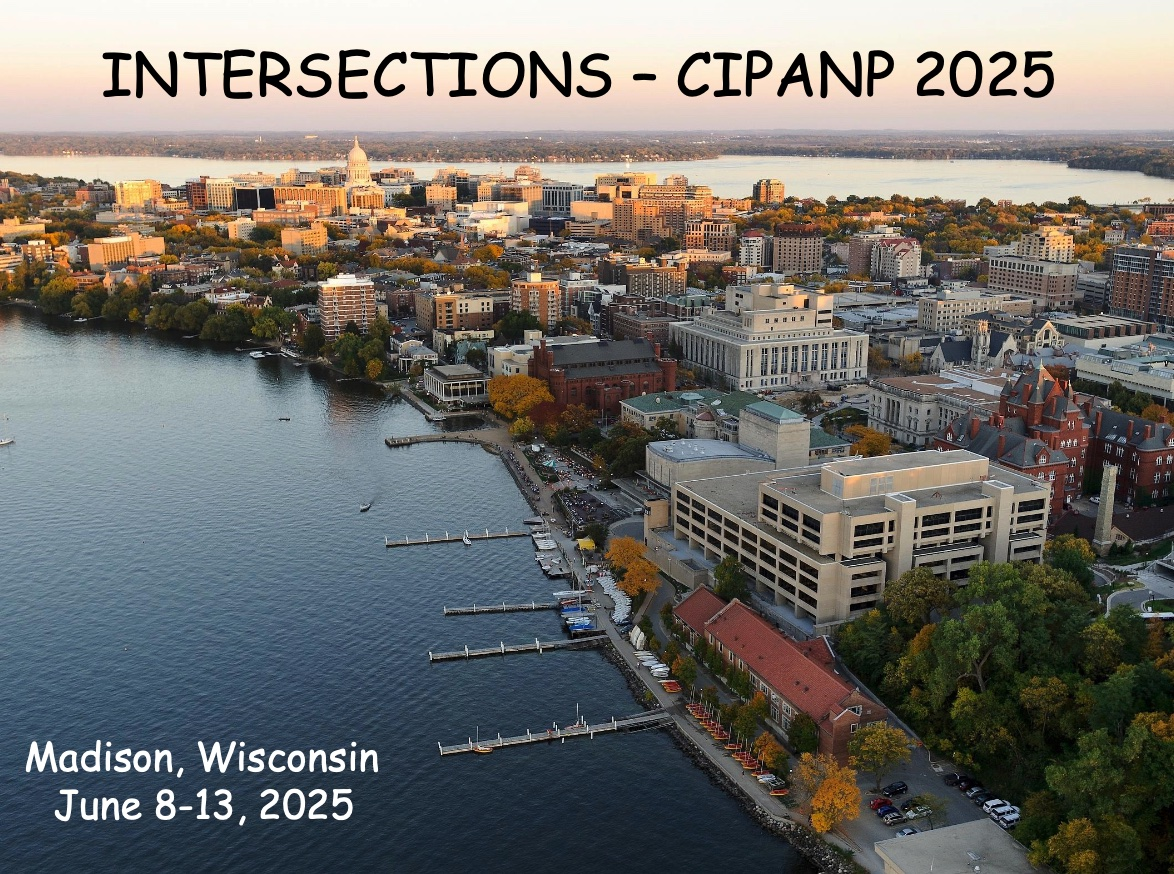Speaker
Description
Accurately modeling neutrino flavor oscillations in global simulations of core-collapse supernovae or neutron star mergers remains a major challenge, albeit a potentially crucial one for making reliable predictions. Indeed, it is now widely recognized that flavor instabilities—in which classically computed neutrino distributions are dramatically altered when including quantum effects—are expected to occur commonly in such environments.
A promising strategy is the development of subgrid models of neutrino flavor transformation. In this approach, insights from detailed studies of local quantum neutrino transport are used to formulate effective prescriptions that modify classical neutrino distributions, enabling their incorporation into large-scale simulations.
In this talk, I will present recent progress on determining the asymptotic states reached after the onset of a flavor instability, a key ingredient for subgrid models. I will focus in particular on two classes of instabilities that have garnered significant attention, namely, "fast" and "collisional" flavor instabilities.

